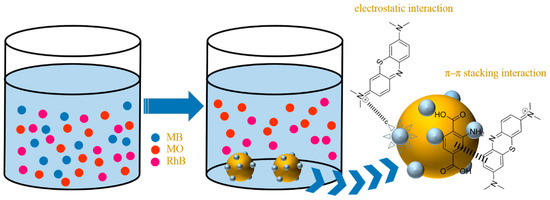Nanoadsorbents in waste water treatment
One of the best techniques applied for the decontamination of wastewaters from dyes and heavy metals is by the use of potential of nanomaterials as nanoadsorbents. Nanomaterials hold a series of distinctive physical and chemical properties. One thing very important about nanomaterials is that most of the atoms which have high chemical activity and adsorption capacity are situated on the surface of the nanomaterials. Various nanoadsorbents were elsewhere overviewed in treating contaminated water; their advantages and drawbacks in such applications were evaluated. The implications of nanoadsorbents to public health and their way forward for facilitating environmental sustainability are great as well.



Among these the iron oxide nanoadsorbents are cost-effective adsorbents that provide high adsorption capacity, rapid adsorption rate and simple separation and regeneration.
A lot of analysts have been using nanoparticles like adsorbents in order to get rid of water pollutants including arsenic after changing properties of nanoparticles by improving reactivity, biocompatibility, stability, charge density, multi-functionalities, and dispersibility. Also in order to achieve arsenic removal, nano adsorbents emerged as the potential alternatives to existing conventional technologies. The recent studies have critically reviewed the past and current available information on the potential of nano adsorbents for arsenic removal from contaminated water and the challenges involved in that. The study discussed the separation and regeneration techniques of nano adsorbents and the performance thereof, and evaluated the adsorption efficiency of various nanoparticles based on the size of nanoparticles, types of nano adsorbents, method of synthesis, separation and regeneration of the nano adsorbents. The study found out that more studies are required on suitable holding materials for the nano adsorbents to improve the permeability and to make the technology applicable at the field condition. The study will help the readers to choose suitable nanomaterials and to take up further research required for arsenic removal using nano adsorbents.

Good work
ReplyDeleteGreat job!
ReplyDelete